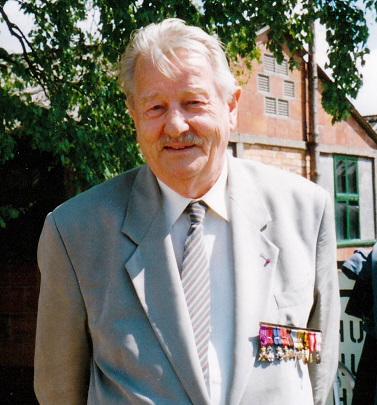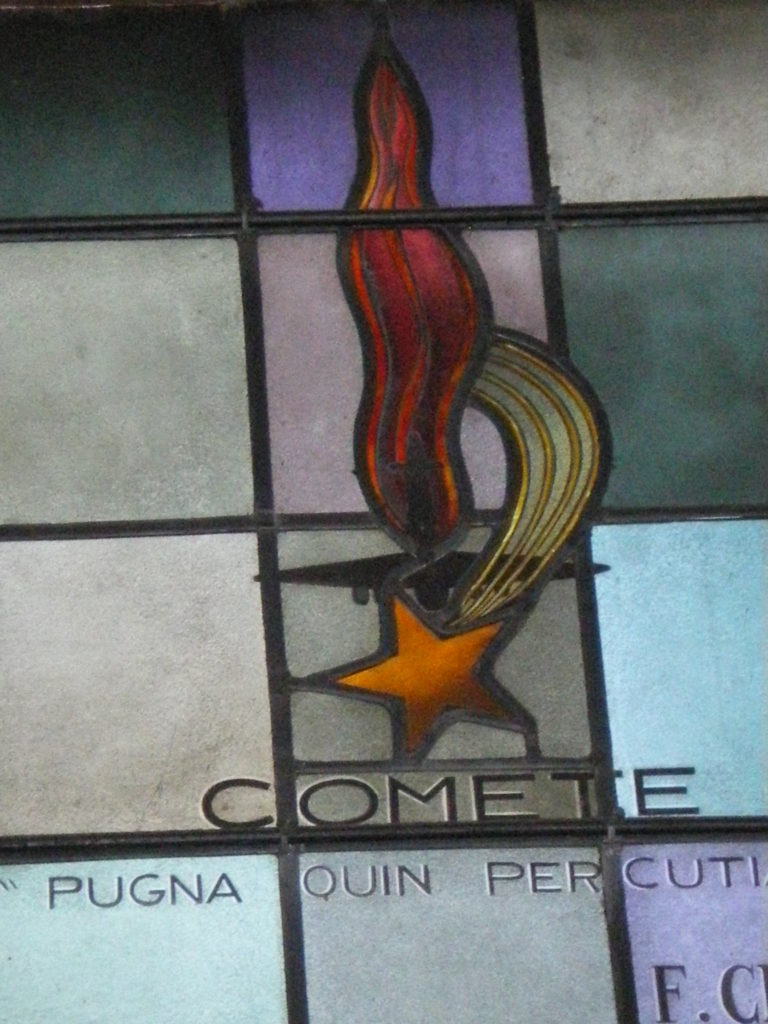By Raymond Itterbeek – Comète
In spite of the existence of the Treaty of Non-Aggression, German troops invaded Belgium on the 10th May 1940. The Belgian army tried valiantly to defend their country, but by the 28th May, Belgium capitulated to the superior strength of the German army, and it was at this point that the Belgian people decided to do everything possible to deter and annoy the occupying army.
One of these Belgians was a young girl of 24 years old – Andrée De Jongh. She was a Red Cross volunteer working as an ambulance driver for a hospital in Bruges where many of the wounded British soldiers were cared for. She realised that unless they were helped to escape, they would probably be sent to a POW camp. She also knew that whoever sheltered or helped them would risk the death penalty!
With the help of a friend, who gave her the address of another Belgian friend who lived at Anglet, a small village near the Spanish frontier, Andrée decided to go and see the British consulate at Bilbao. During such a journey, she also knew she would be facing risks, encountering German Police, or traitors, who were willing to help the Germans. She wanted to realise a foolish dream, but with optimism and courage, and in spite of the many obstacles and discussions, she was eventually put in touch with the British Consul in Madrid. He promised to help the ‘boys’ who wanted to escape, once they were over the Spanish border.
Many, many people, both Belgian and French, helped with this Resistance project. There were those who helped by lodging the airmen on their journey across Belgium and France, those who made the false documents, and those who sheltered guides along the escape route. This escape route started in Brussels and passed through Paris, Bordeaux, St Jean de Luz, crossed the Bidassoa River, and went over the Pyrenees to reach Spain where the evaders were taken charge of by the British. The escapees were then sent to England where they re-joined the RAF and continued fighting, they also boosted the morale of the other airmen showing that there was always a chance to survive!
The route was frequently changed during the war years to confuse the Germans and their collaborators. During the second half of 1944, it was no longer possible to escape into Spain, so Comète organised “Operation Marathon” and hid the ‘boys’ in the Belgian Ardennes, chiefly at Porcheresse, and in the forest of Freteval near Vendome.
Throughout the war men and women rose to the occasion to replace other helpers who were arrested, and no one will ever know the exact number of Resistance helpers who sheltered, hid, provided false documents, food, and guided those young men who fell out of the sky. More than 750 airmen were saved by Comète, but about the same number of French and Belgian Resistance workers died in prison and concentration camps. Others were shot, beheaded, assassinated, or died from the terrible conditions prevailing in the concentration camps.
After the war the Members of Comète founded an association to unite all those who had survived. In England, America, Canada, and Australia, other associations were created by the escapees in order to remember with gratitude their ‘Helpers’ and if necessary to be able to help the ‘helpers’. In this way warm contacts were made, and solid friendships established. Annual reunions continue to this day in various countries through which friendly links are formed in order to remember and honour together those who died.
After the war King Baudouin conferred the title of Countess on Andrée de Jongh, for her courage and determination throughout the war, and during her long captivity. Also for the years she spent caring for lepers after obtaining her nursing diplomas.
A memorial plaque of the RAF is placed under a stained glass window in the Basilica of Koekelberg, Brussels; it bears the Comète badge to commemorate the help given to the Allied Airmen. Every year, wreaths and flowers are placed at the foot of the memorial to honour the dead. Numerous foreign representatives always attend the ceremony.
In England, several War Museums trace and record the help given by the occupied countries, and Comète occupies an important place in these displays. In the Eden Camp WW2 Museum at Malton, Yorkshire, England, a very complete history of the Comète Escape Network can be seen.



